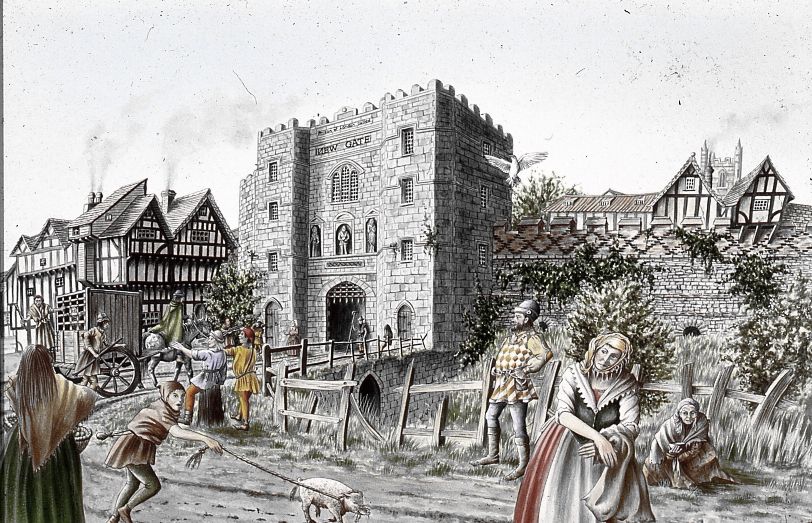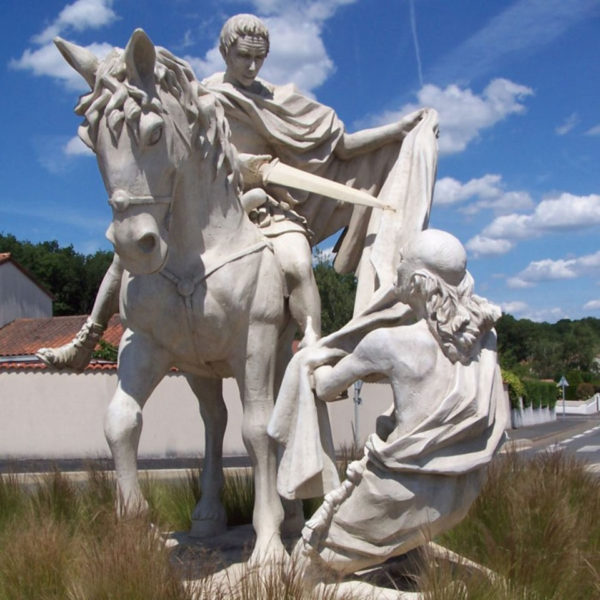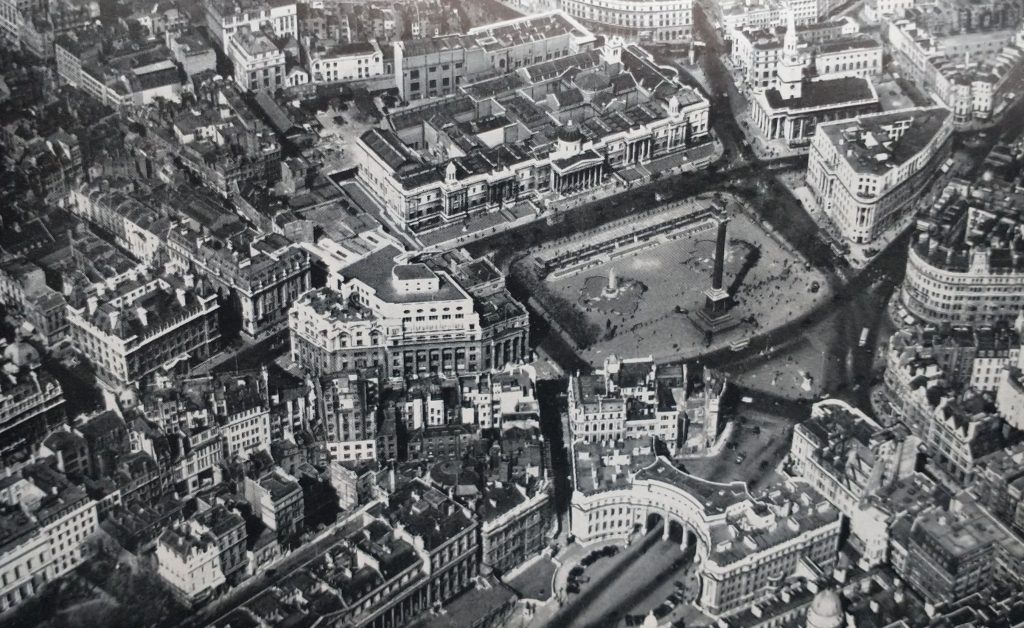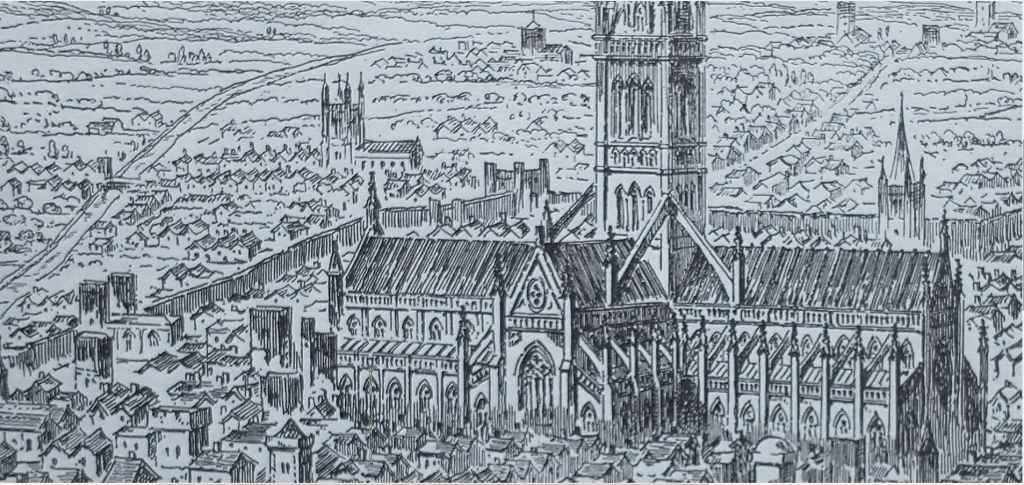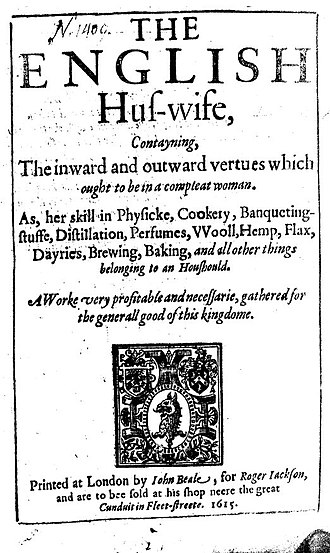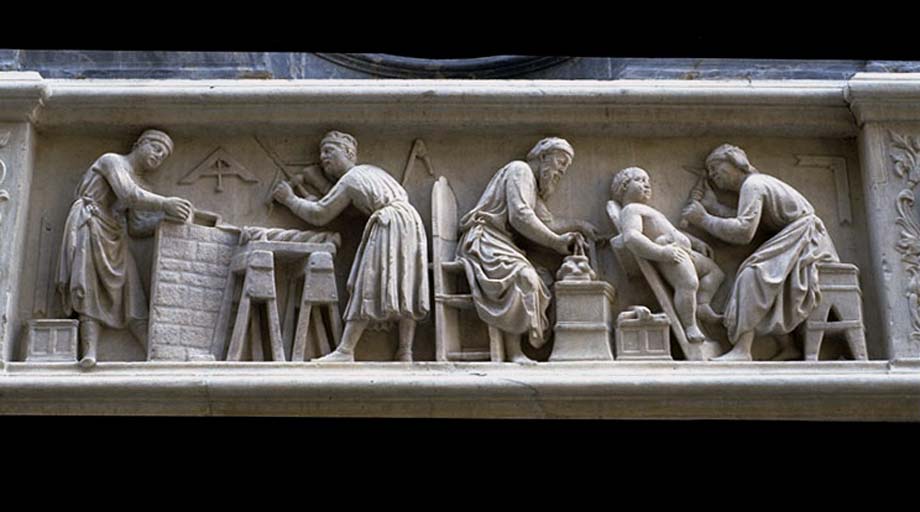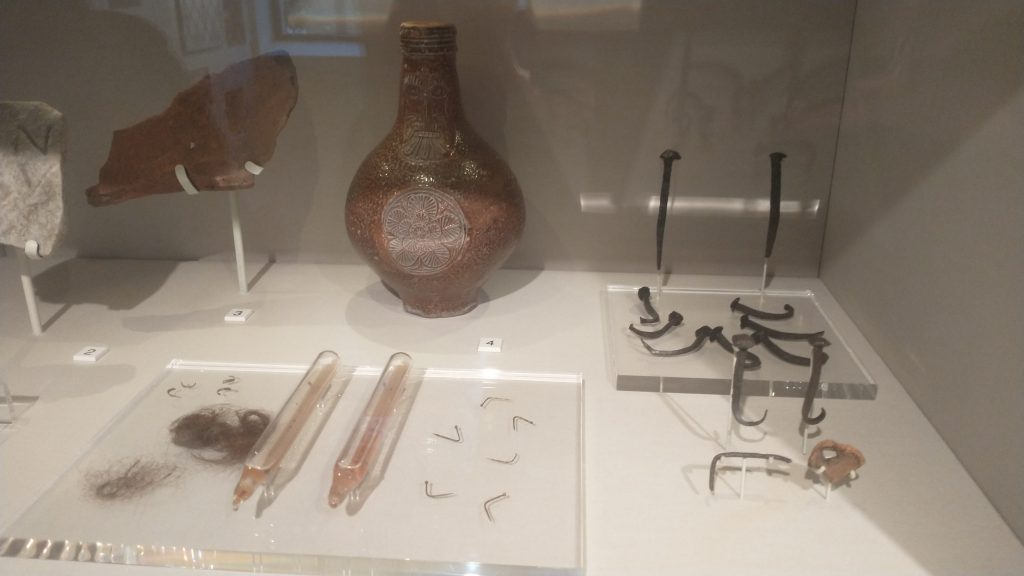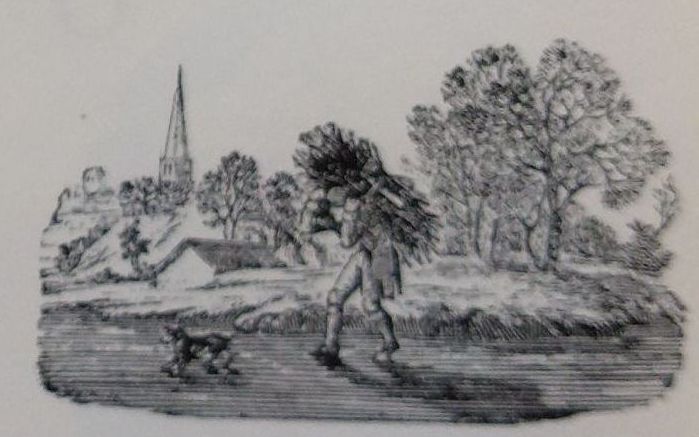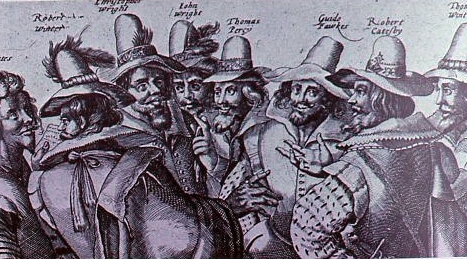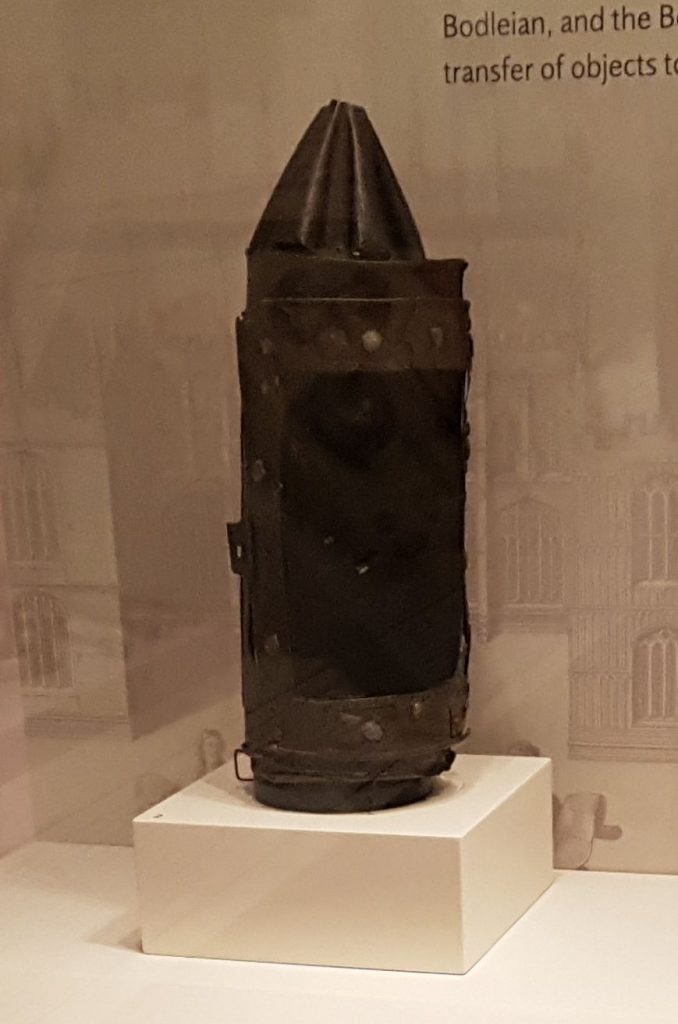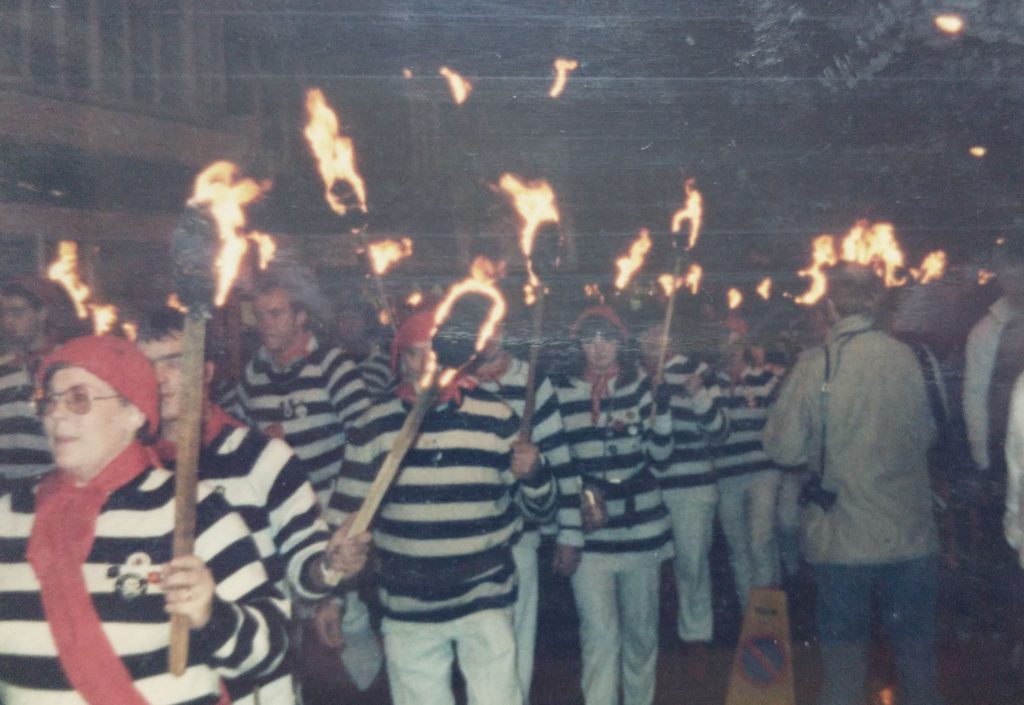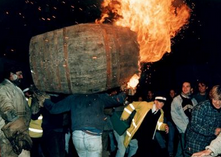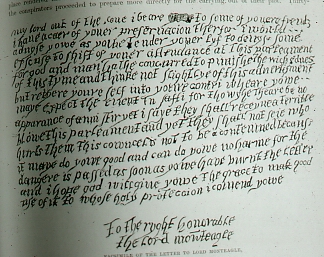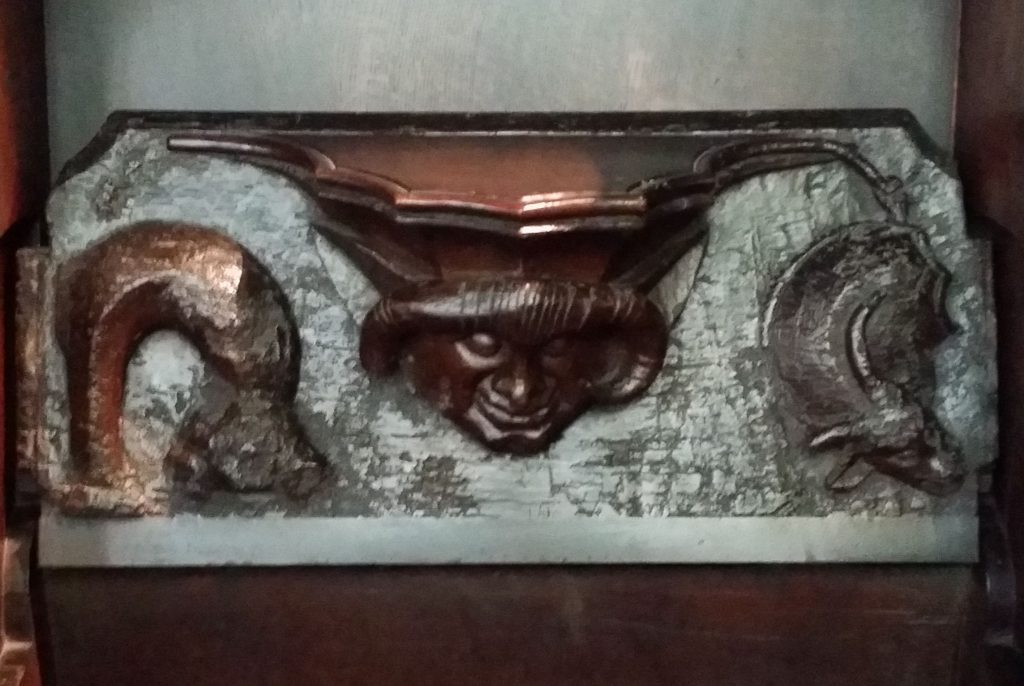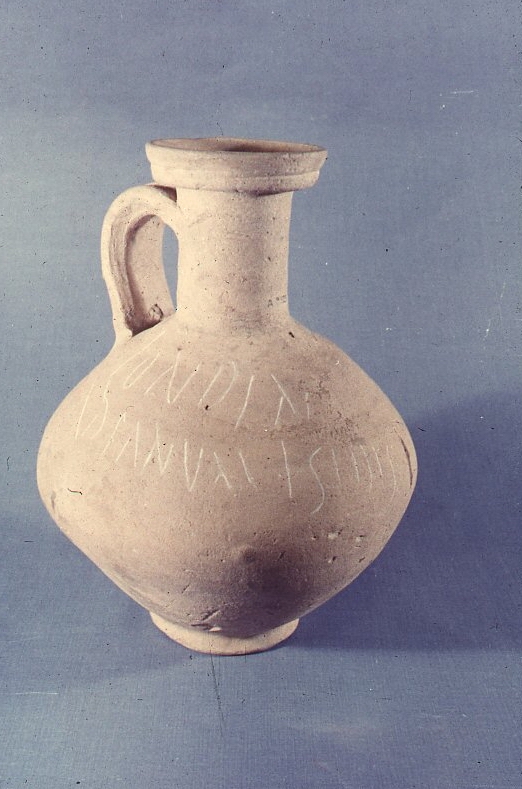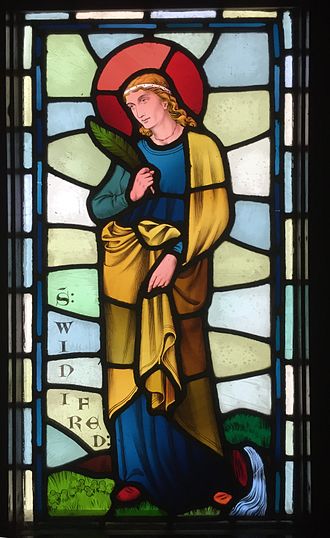This page is about Old Parr and Yarrow (see the end of the page).
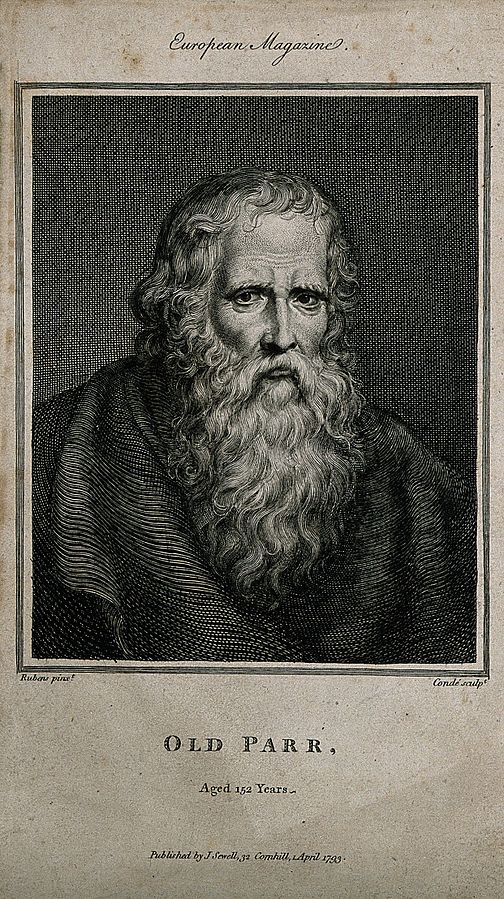
(V0007249EL, aft Credit: Wellcome Library, London. Wellcome Images images@wellcome.ac.uk http://wellcomeimages.org Thomas Parr,
Copyrighted work available under Creative Commons Attribution only licence CC BY 4.0 http://creativecommons.org/licenses/by/4.0/)
Thomas Parr was said to be 152 years old when he died in 1635 on a visit to London to visit King Charles 1st. If we are to believe his story, he was born in 1483 and was married when he was 80, producing two children and married for a second time at 120 years old. He was buried in Westminster Abbey.
There are, or were, at least 3 London Pubs named Old Parr’s Head or Parr’s Head in Camden, Islington, and West Kensington.
This is the inscription on his tomb.
THO: PARR OF YE COUNTY OF SALLOP, BORNE.
IN AD: 1483. HE LIVED IN YE REIGNES OF TEN
PRINCES VIZ: K.ED.4. K.ED.5. K.RICH.3.
K.HEN.7. K.HEN.8. K.EDW.6. Q.MA. Q.ELIZ.
K.JA. & K. CHARLES. AGED 152 YEARS.
& WAS BURYED HERE NOVEMB. 15. 1635.
The famous William Harvey undertook an autopsy and found his internal organs to be in a good state. He suggested this might be due to Parr’s diet of
‘subrancid cheese and milk in every form, coarse and hard bread and small drink, generally sour whey’ and lived free of care.‘
Although there is considerable doubt about the veracity of his old age, BP Doughty thinks he might have been over 100 when he died, although others suggest perhaps only as old as 70 – 80.
Doughty BP. Old Parr: or how old is old? South Med J. 1988 Jul;81(7):906-8. doi: 10.1097/00007611-198807000-00023. PMID: 3293237.
Old Parr’s death is reputed on different days in the sources I found. But it seems he was buried on 15th November 1635, but died on 13th, not 14th, of November.
Time to Gather Yarrow

(achillea millefolium) – image by CongerDesign
This is the time to gather yarrow which is often still flowering. It grows everywhere creeping through its roots and spreading with its seeds, until it becomes a garden weed.
Traditionally, it has a myriad of uses (see thefreedictionary for a comprehensive list). It was used for wounds (aka ‘Soldier’s Woundwort’); staunches nose bleeds (aka ‘Nosebleed’); inflammations (aka ‘Bloodwort’); hair lose, tooth-ache and good for those who cannot hold their water. But generally, it was considered excellent for stomach problems, diabetes, periods pains, anything to do with blood flow.
It also has a devilish tradition so used for divination by spells, and thus aka Devil’s Nettle, Devil’s Plaything, Bad Man’s Plaything.
On a gentler note, lovers will put it under their pillow and dream, thereby, of their future spouse. (Mrs Grieve)
Old Parr was first published on 14th November 2022. Revised 14th November 2023, and 13th November 2024
Old Yarrow was first published on 14 November 2022, revised 13 November 2023, and 2024
